Alumnus Recalls Peru Daily Volunteering Schedule as “An Unforgettable Adventure”
Peru Volunteer Mark Bierbaum says each day working with the children of Sagrada Familia is “building on community goals and being part of something larger.” Read on for his description of a typical day’s volunteering schedule in Peru.
By Mark Bierbaum
After our volunteer service in Peru, I would often get the question, “what was it like?” I learned over time that there were two questions being asked; “What did you like about the experience that made it interesting,” and, “What is it like to volunteer with Global Volunteers?”
I love sharing stories about the amazing experiences, but, being able to briefly describe the typical volunteer experience to those that are considering it is also important. In describing the Peru daily volunteering schedule, I usually start with a reminder that Global Volunteers programs are created to address specific community goals and your week of volunteer service is a building block in achieving these goals. Also, work is prioritized by local leaders and can change based on immediate needs and available resources. In short, you are working on something larger than what you may see, and, what you work on daily may change based on immediate needs.
To those who are looking for a distinct, defined set of tasks that will be performed, and, bringing this to a conclusion before you leave, this may be disconcerting, but, for those who are looking for meaningful contribution and being part of something larger, the Global Volunteer program experience will be an adventure you will never forget.
While experiences may differ, this is how I describe the ‘day in the life’ to those who ask.

The Peru Daily Volunteering Schedule
Welcome (On Arrival): On our arrival we were met at the airport by someone from Global Volunteers and provided transportation to our housing location. Global Volunteers always considered our safety and sent a photo of the person that would meet us, and, the location at which we would meet in the airport. At our housing location, we were welcomed by the program director, provided an itinerary to follow, reviewed any critical issues and safety considerations (like drinking only bottled water), and were provided an overview of the lodging and our specific rooms.
Orientation (First Day): The first full day we attended an orientation and planning session. This session allows team members to get to know each other; discuss program, team, and individual goals; review the week itinerary; discuss skills and interests; set initial service assignments; and highlight any cultural, safety, or service concerns. These sessions are fun, informative, and the best place to ask any questions and time to get to know the Global Volunteer staff.
Breakfast & Morning Meeting (~8AM): Every morning, volunteers meet in the dining area for a delicious breakfast with fruit, rolls, jams, coffee, cereal, and juices. In international locations, breakfast is prepared for you. (On some U.S.A. locations the breakfast (and dinner) preparation is rotated among the volunteers.) Breakfast is a great time to get to know the other volunteers and get advice based on their experiences and also do planning around activities during free time. At the morning meeting, one person would read a journal entry based on the previous day’s experience (the journal duty would rotate daily), another person would give a Message of the Day and the team would reflect, and, the program director would review assignments and any special considerations for the day. The team would then retreat to their rooms and get their day pack together. In Peru, we also had a rotating duty of bring drinking water for the team, and, utensils for eating the noon meal. Finally, teams would take transportation (cars or vans depending on the size of the group) to their respective service locations.
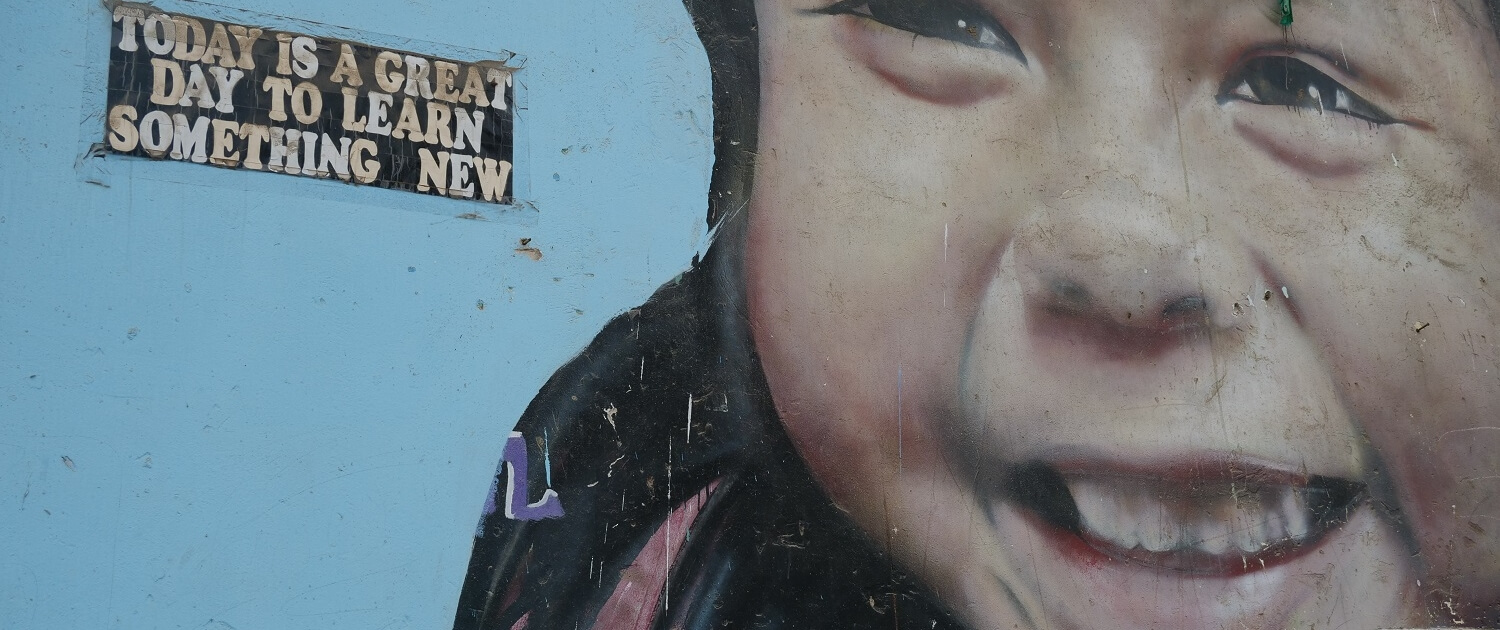
Service Location (~9AM-4PM): Doing your volunteer service is the majority of the day ( ~6 to 7 hours ). What you primarily work on is established as part of your application and discussed in orientation. You will be introduced to a local person who will guide you, and, teaching, day care, facility repair, assisting on community projects are just a few examples of what you may do. That being said, it is not unusual for there to be changes to your service duty (e.g. a teacher canceled classes for the day), or, new requests come up (e.g. help with cleaning up an area for a community event being held later in the day). If your service work has down time or is over for the day, we offer to help others with their work.
A good piece of advice is to ‘be flexible’ and ‘be prepared’. I would bring a small cache of items such as a small tool set, duct tape, lyrics to a song to teach/sing, flashcards to teach words in English, a ball to toss, dice to play games with, hard candy to share, and pictures of your hometown or family. These items always came in handy in interacting and getting to know the people, and, that really is the most important part of volunteering. Lunch may differ depending on the work assignment. It could be a bag lunch you bring, eating lunch at a senior center or at a school cafeteria, or even going out to the market for some local food. An important note: if you find that the service you are working on is not a good fit, have a discussion with the program director. They are always so helpful, very approachable and, they work with you to get the fit just right.
Free Time (~4PM): At the end of the work day, we’re transported back to our hotel and there is usually an hour or two of free time before dinner. This is a good time for any number of things: a nap, update your journal, a quick stop to the store, a stroll in the local area, visiting with other volunteers, reading, showering and cleaning up, preparing a lesson or activity for the next day (if you are teaching), or just relaxing.
Dinner (~5:30PM): Dinner is always a good time to socialize with the team and to try local food and drink. There was little formality around dinner, but it was always a highlight of the day. People would share stories about their volunteer service, people they met, new experiences, and sometimes a quick informal team meeting to discuss activities planned for later in the week. Sometimes dinner was a special occasion, a buffet prepared for us of all local dishes, a trip to an especially nice restaurant, a celebratory dinner at the end of the week, or a special local guest who would share insight into the community during dinner. We always came away from dinner well fed, well informed, and relaxed.
Evening (7PM – 10PM): This is also free time and was used for socializing, playing games, and even doing some small outings if there were local attractions. For example, I have attended small (local) festivals and gone to local markets. There were also times when the time was quietly used to prepare for classes, practice lesson plans, or just walk and talk with the other volunteers.
Departure (Final Day): On your last day, you will fill out some evaluation forms, make sure you are checked out of your room and will have worked with the program coordinator earlier to set up your transportation to the airport or other transportation hub. Since volunteers leave at different times, it is a phased departure with many goodbyes and in some cases, tears. From beginning to end, Global Volunteers program directors helped make the volunteer service, in-country experience, and transportation very easy for us.
You may also like:

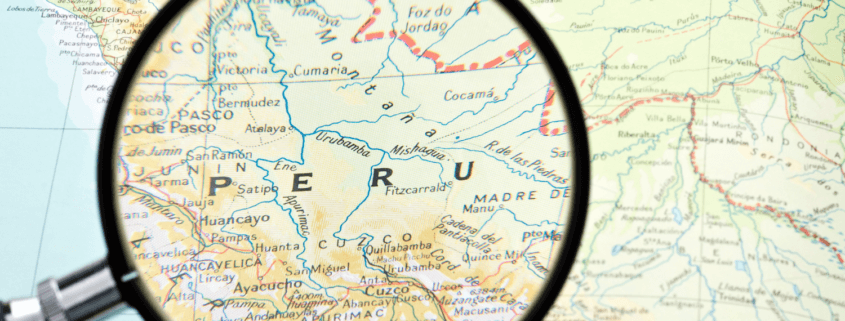
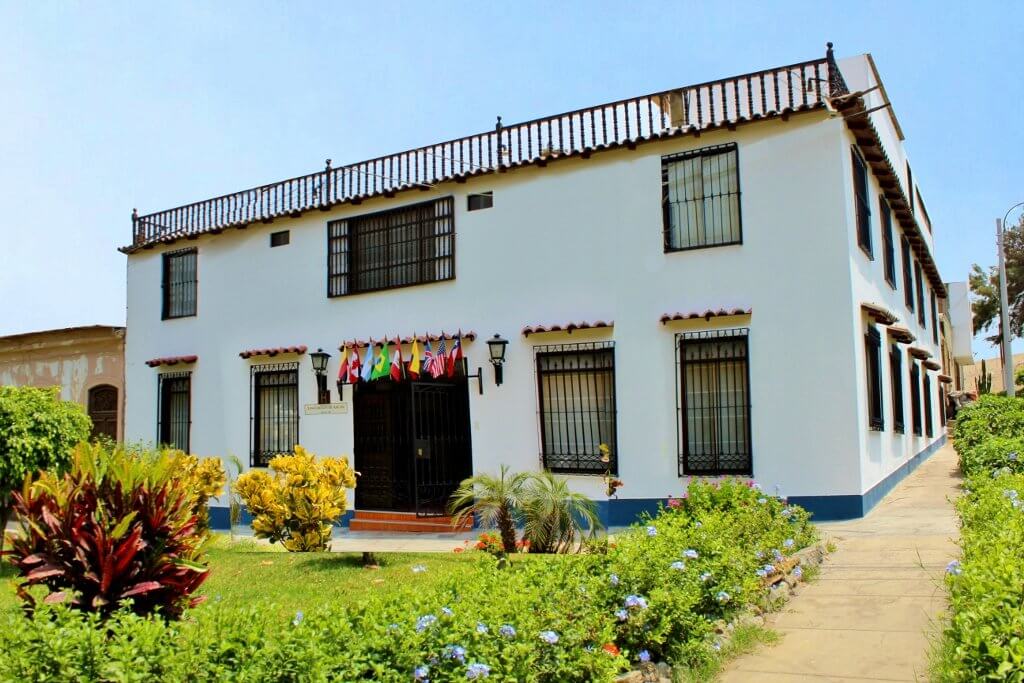
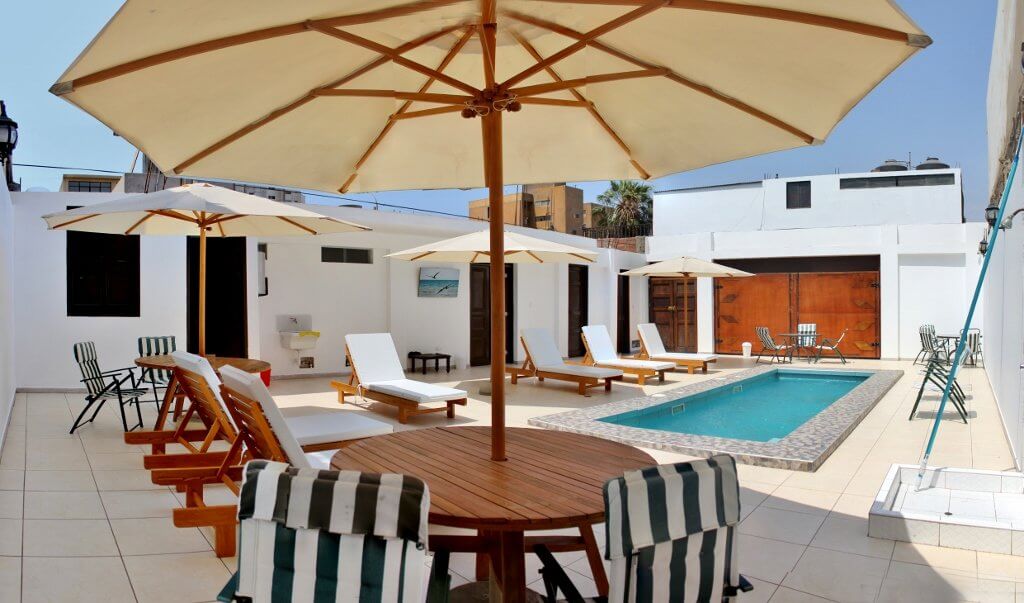
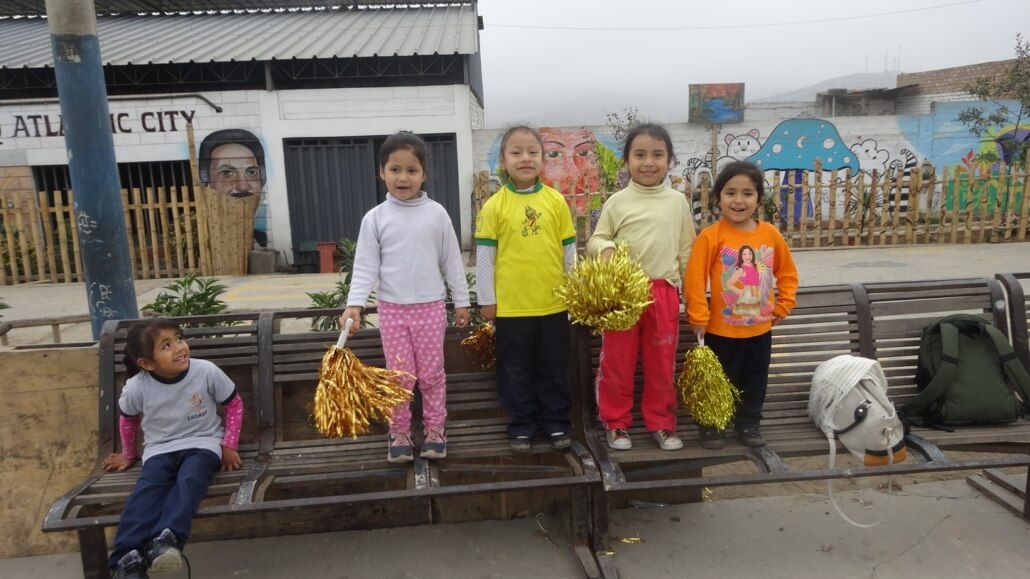

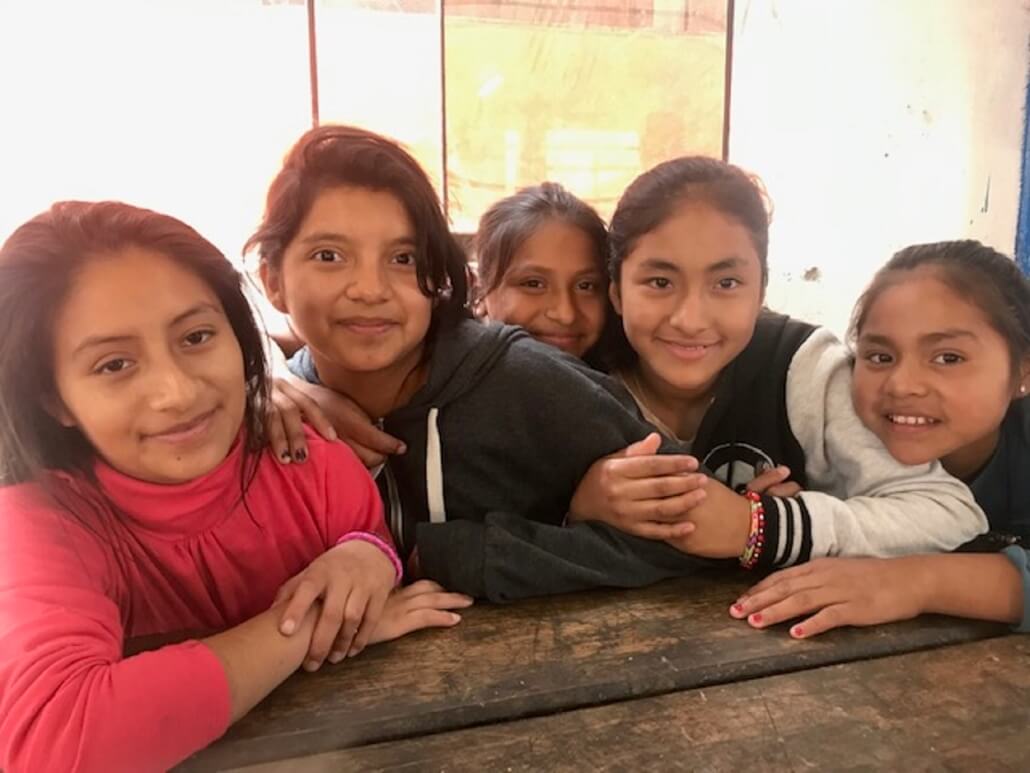

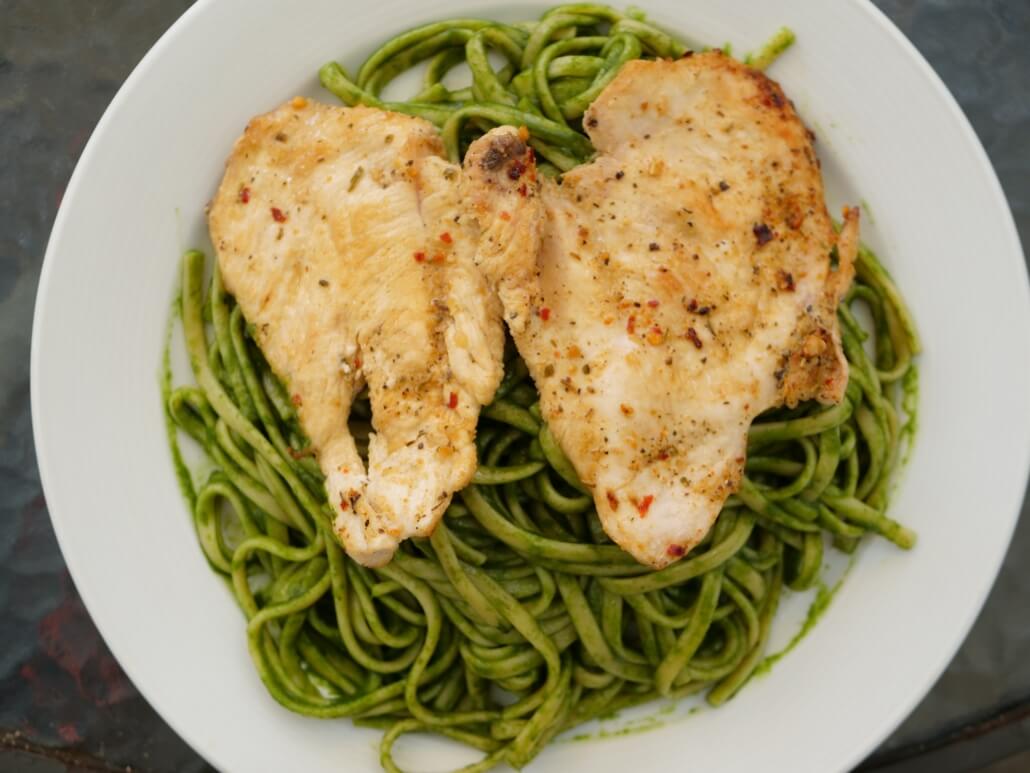
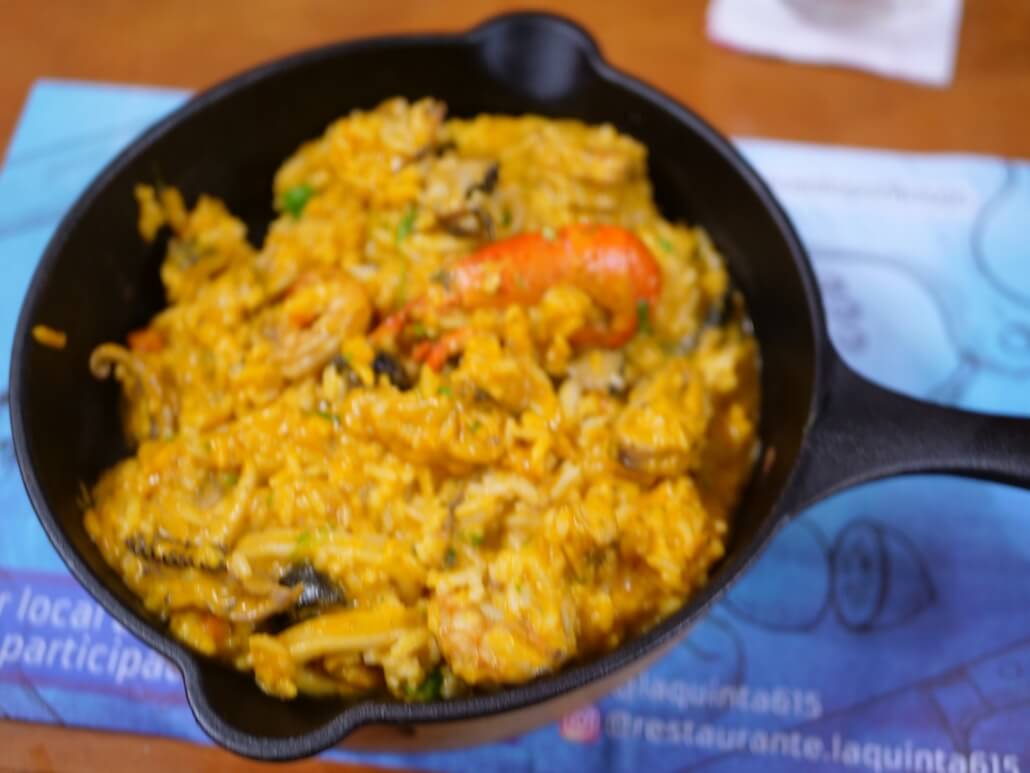
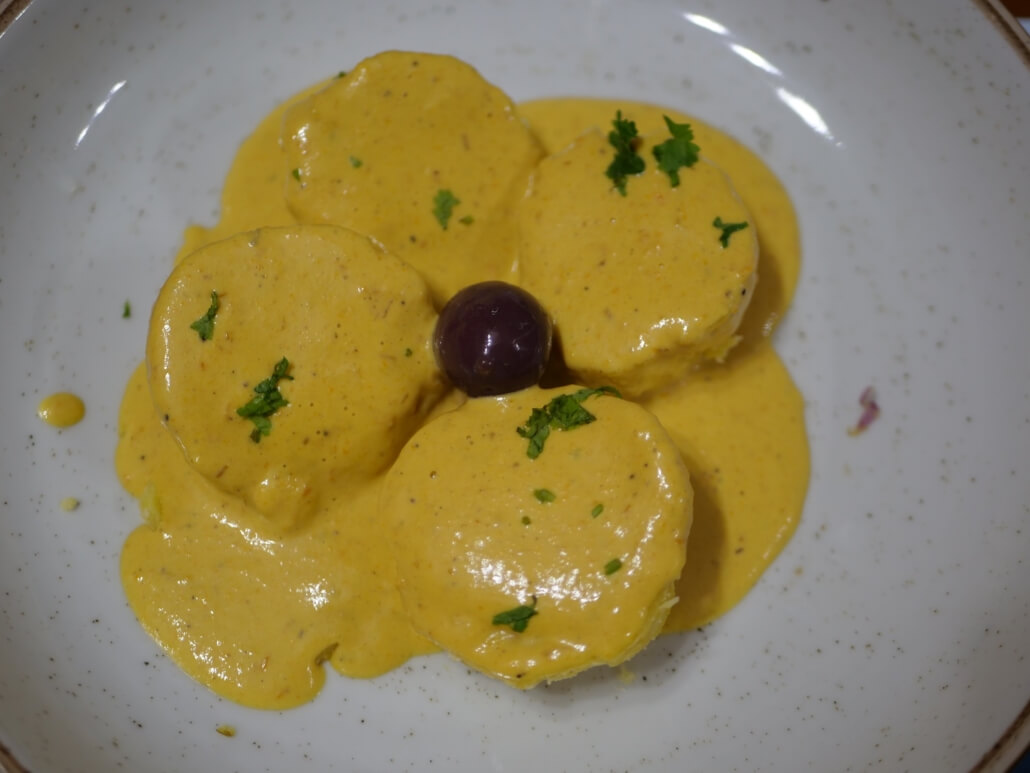
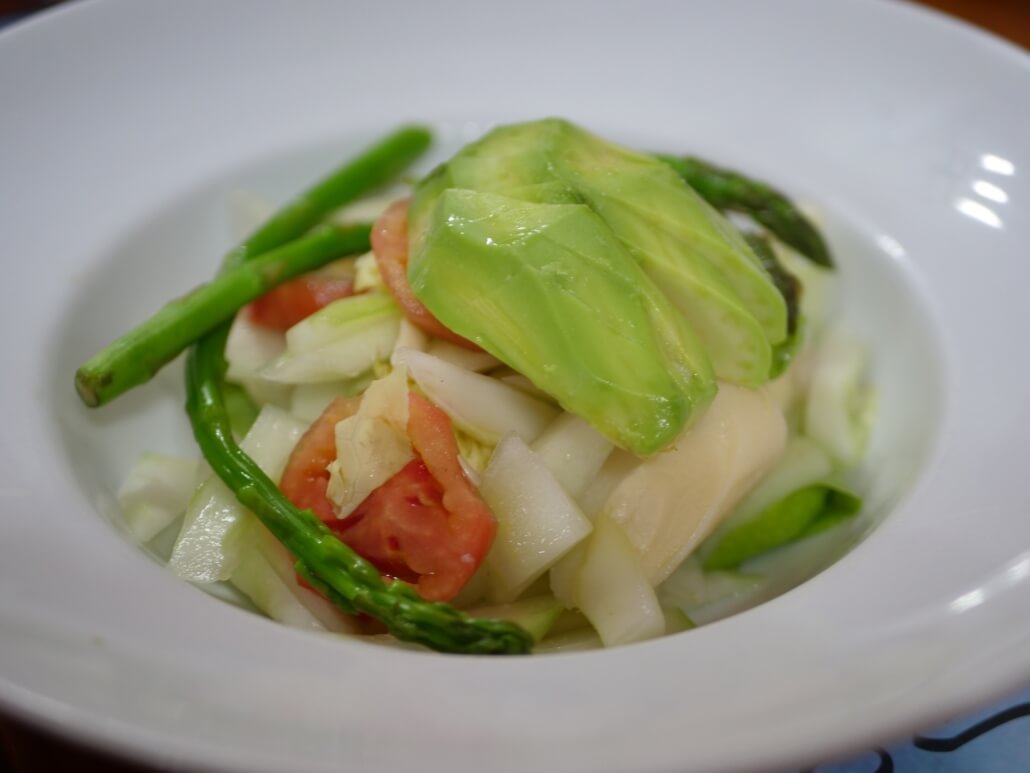
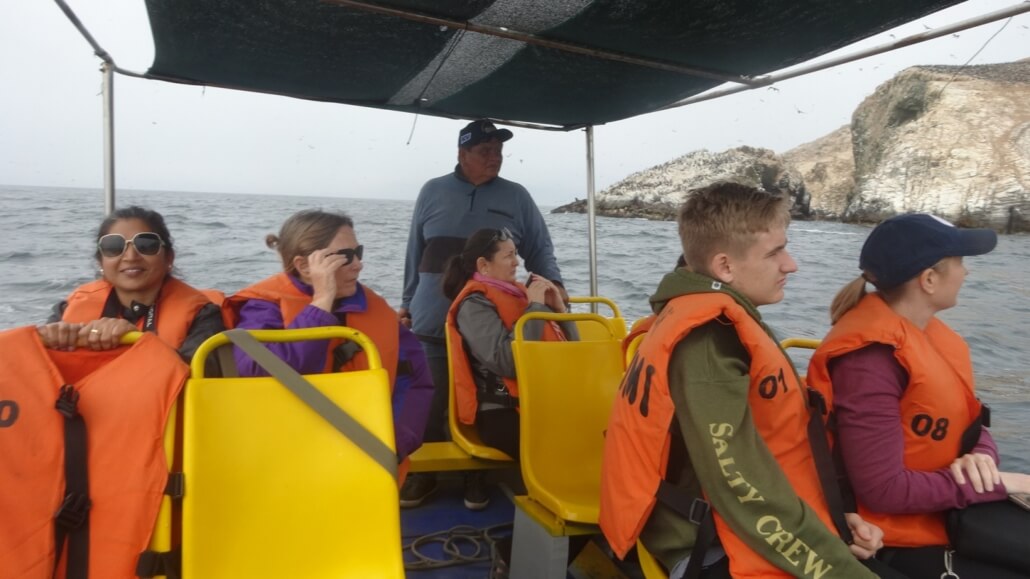
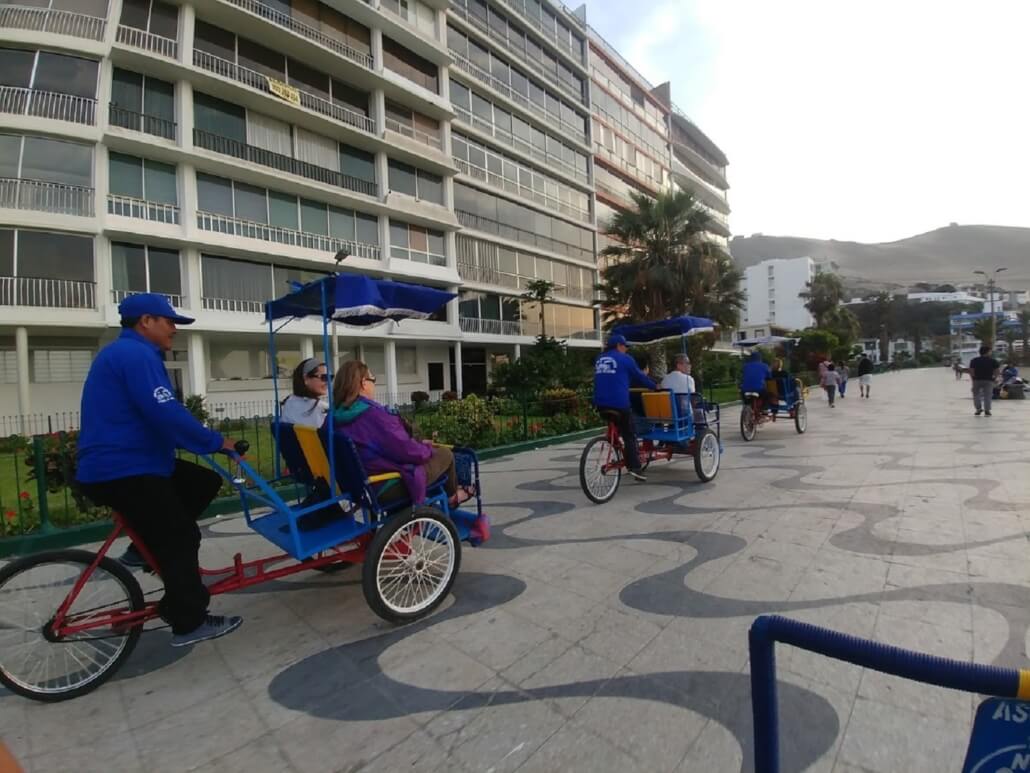
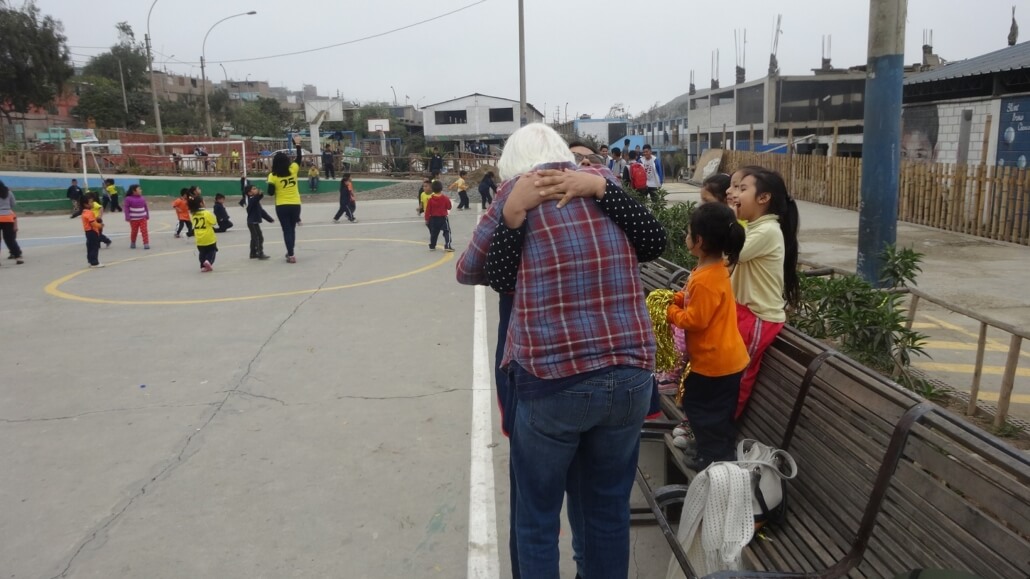
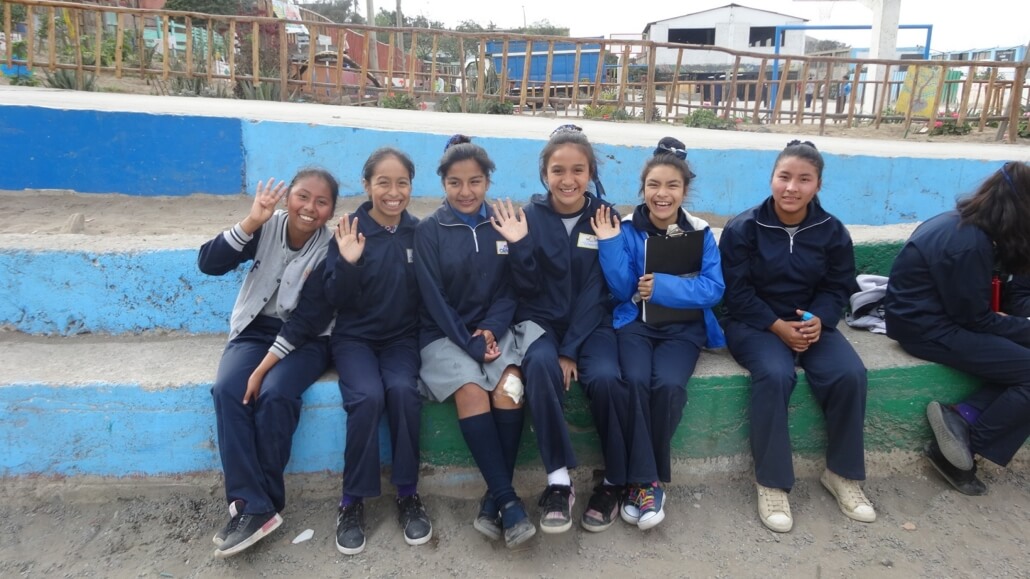
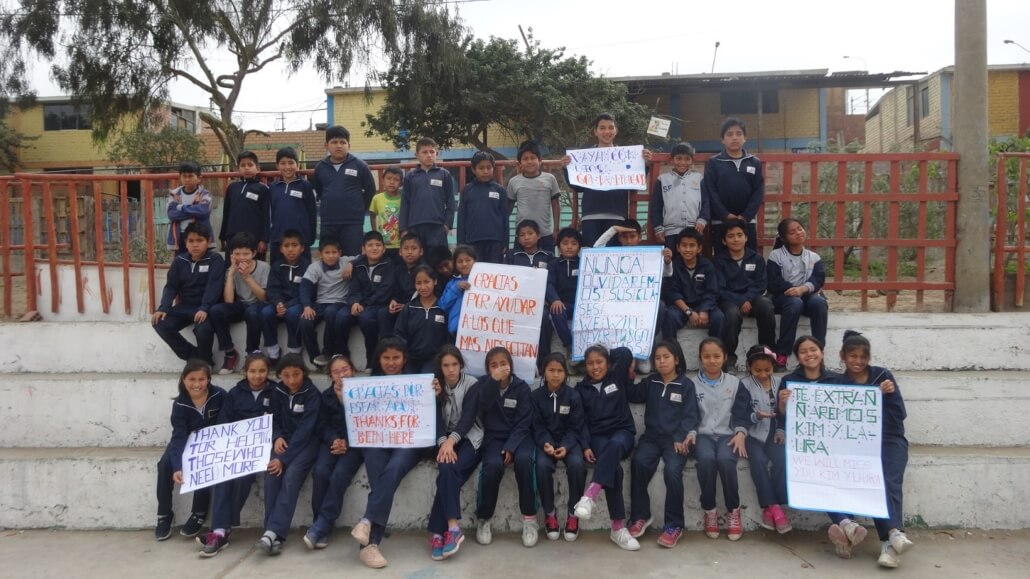
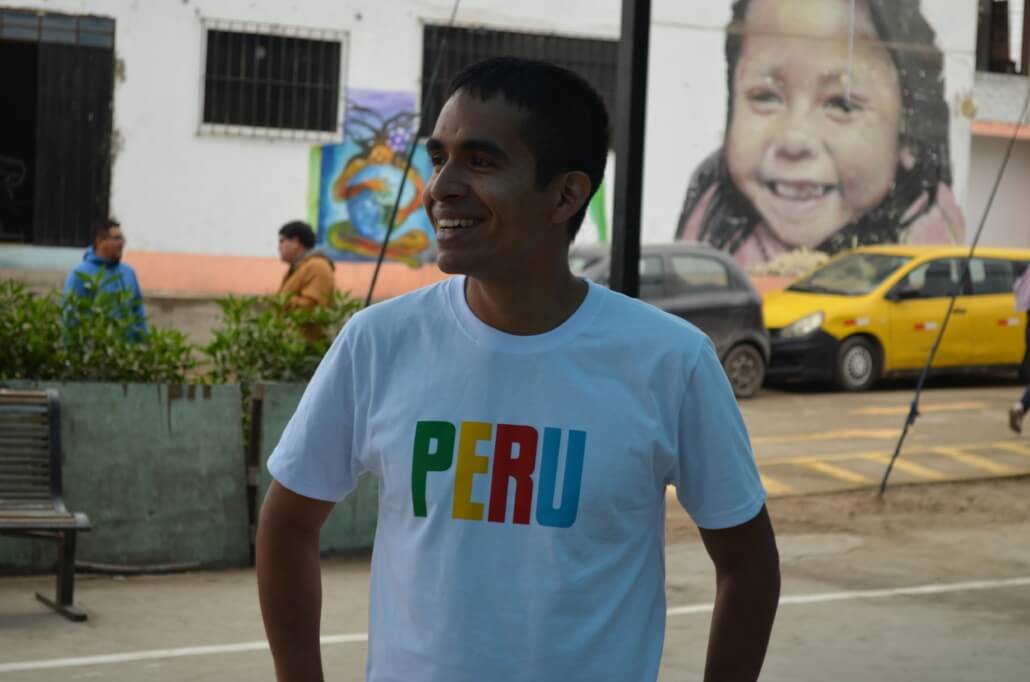


Leave a Reply
Want to join the discussion?Feel free to contribute!